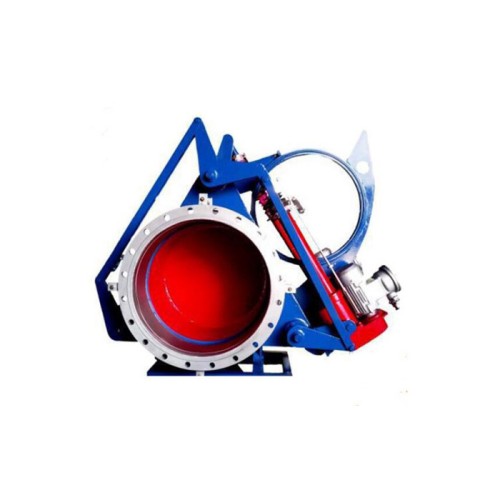Wafer Type Check Valve for Efficient Flow Control Solutions
Understanding Wafer Check Valves A Comprehensive Overview
Check valves play a critical role in fluid systems, ensuring that liquid flows in one direction while preventing backflow. Among the various designs available, the wafer check valve stands out due to its unique construction and functionality. This article dives into what wafer check valves are, their features, advantages, and common applications.
What is a Wafer Check Valve?
A wafer check valve is a type of one-way valve that is characterized by its compact design and the absence of flanges. It is typically sandwiched between two pipe flanges and secured by bolts, making it a space-saving solution for various piping systems. The valve consists of a disc or a movable mechanism that opens and closes automatically in response to flow dynamics.
Key Features of Wafer Check Valves
1. Compact Design One of the distinguishing features of wafer check valves is their slim profile. Unlike traditional flanged check valves, wafer check valves require less space, making them ideal for installations where space is limited.
2. Lightweight Due to their construction, wafer check valves are generally lighter than other types of check valves, which simplifies installation and reduces the burden on supporting structures.
3. Easy Installation The wafer design allows for quick installation between flanged connections, reducing downtime during maintenance or system upgrades.
4. Effective Backflow Prevention Wafer check valves effectively prevent reverse flow, protecting pumps and other equipment from damage.
5. Material Variety These valves are available in a range of materials like stainless steel, cast iron, and plastic, enabling their use in various applications and environments.
Advantages of Wafer Check Valves
- Cost-Effectiveness When compared to conventional check valves, wafer check valves can be more affordable, especially considering the reduced material and installation costs associated with their design.
wafer check valve

- Reduced Pressure Loss The streamlined flow path of a wafer check valve provides lower pressure loss, which can enhance the efficiency of the entire fluid system.
- Durability With the right materials, wafer check valves can withstand harsh conditions, including high pressure and temperature, making them suitable for demanding applications.
- Low Maintenance The simple design of wafer check valves means there are fewer components that require maintenance, which helps to reduce operating costs and downtime.
Common Applications
Wafer check valves are widely used across various industries due to their versatility. Some of the common applications include
- Water Treatment Plants They are often utilized in water and wastewater treatment processes to prevent backflow and protect equipment.
- HVAC Systems In heating, ventilation, and air conditioning systems, wafer check valves help maintain the necessary flow direction to optimize performance.
- Food and Beverage Industry In food processing, these valves are used to ensure sanitary conditions and prevent contamination due to backflow.
- Chemical Processing Wafer check valves are essential in chemical processing for handling corrosive materials, ensuring safety and efficiency in fluid transport.
- Oil and Gas In the oil and gas industry, they are employed to protect pipelines and equipment from reverse flow, which can be hazardous and costly.
Conclusion
Wafer check valves are an essential component in modern fluid systems, offering a blend of efficiency, durability, and cost-effectiveness. Their unique design not only saves space but also facilitates easy installation and maintenance. As industries continue to prioritize reliability and performance in their operations, understanding and implementing the right type of check valve, such as the wafer check valve, becomes increasingly vital. Whether in water treatment, HVAC, food processing, or chemical industries, the wafer check valve is a silent guardian of fluid integrity, ensuring that systems run smoothly and safely.
-
The Key to Fluid Control: Exploring the Advantages of Ball Valves in Industrial SystemsNewsJul.09,2025
-
The Versatile World of 1, 2, and 3 Piece Ball ValvesNewsJul.09,2025
-
Stainless Steel Ball Valves: The Ideal Choice for Efficient Flow ControlNewsJul.09,2025
-
Optimizing Fluid Control with Ball Float ValvesNewsJul.09,2025
-
Manual Gate Valves: Essential for Control and EfficiencyNewsJul.09,2025
-
Everything You Need to Know About Butterfly ValvesNewsJul.09,2025
-
The Versatility of Wafer Type Butterfly ValvesNewsJul.08,2025




